Glass Eye Pal Graham Reznick writes about his favorite Carpenter flick IN THE MOUTH OF MADNESS on Shock Till You Drop, proposing that MOUTH was at the forefront of “Metafiction” in popular culture. Check it!

“Movies and novels that both comment on themselves and directly involve the audience are nothing new. Famous examples exist at least as far back as 1903’s The Great Train Robbery, which has, in a non-story specific scene, a bandit shooting a gun directly at the camera, implying he is able to shoot through the screen and bring the audience directly into the world of the film. H.P. Lovecraft’s classic novel At the Mountains of Madness is another precursor, as the title “In the Mouth of Madness” implies. It’s an early example of “found” narrative – the entire story unfolds through diary entries from the members of an arctic expedition that has uncovered the frozen resting site of terrifying Elder Things (it’s also a precursor to The Thing). The narrative speaks to the reader directly, urging them to stay far away. It doesn’t tumble the reader directly into the madness of the narrative (like other Lovecraft stories), but it does indicate that the world of the narrative and the world of the reader are one and the same (much like the general conceit of most “found footage” films). Part of Lovecraft’s enduring relevance is due to his ability to use these self-reflexive methods to evoke the effect of a classic campfire tale: a horror story meant to convince you the terror of the tale may cross over into your own life.”


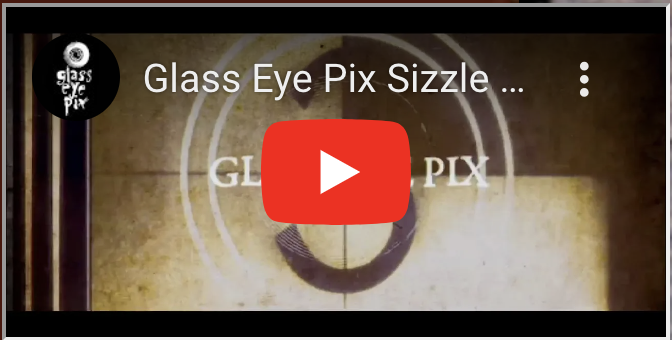
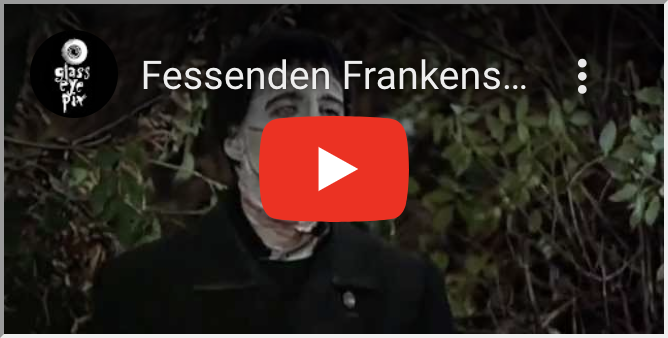





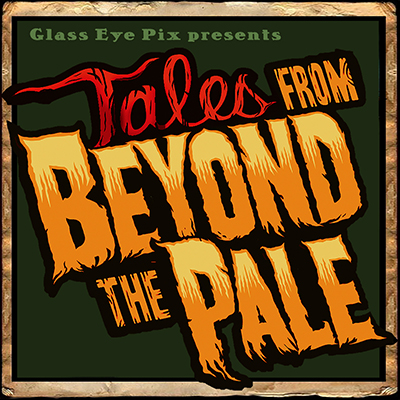


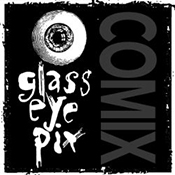






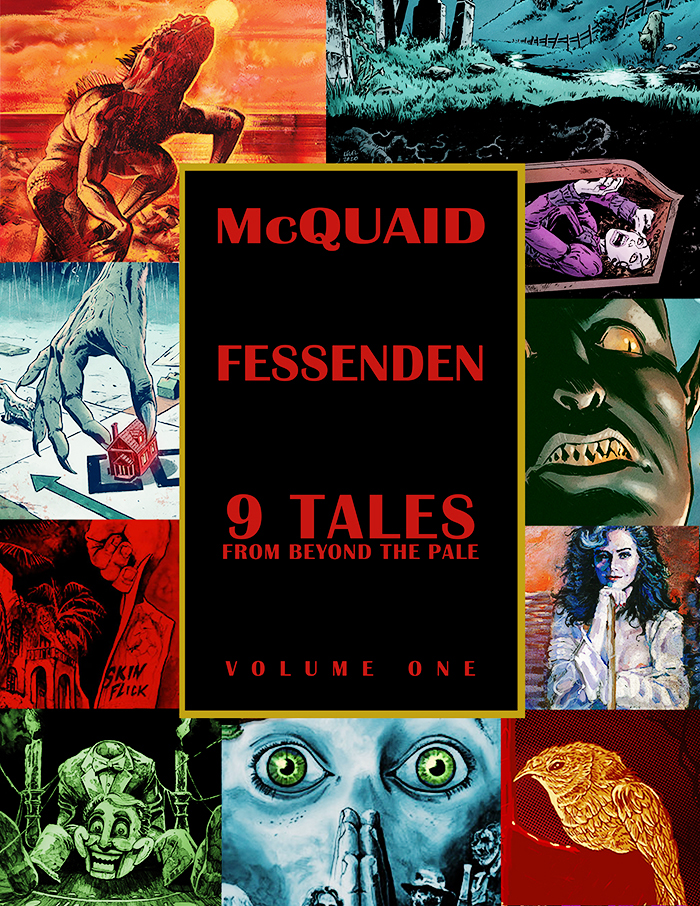
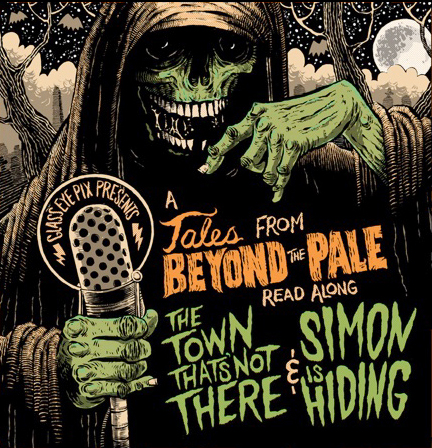
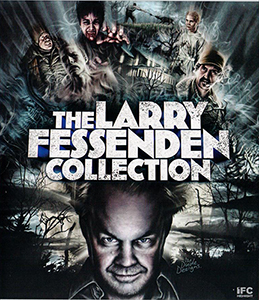

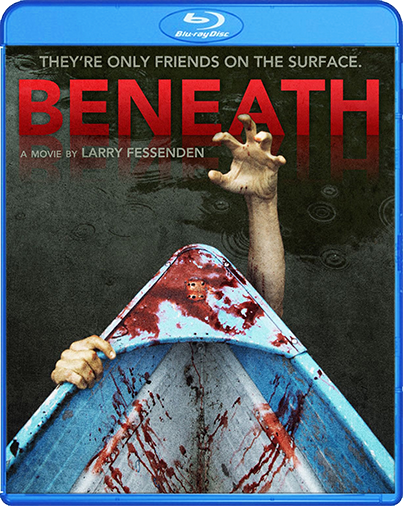


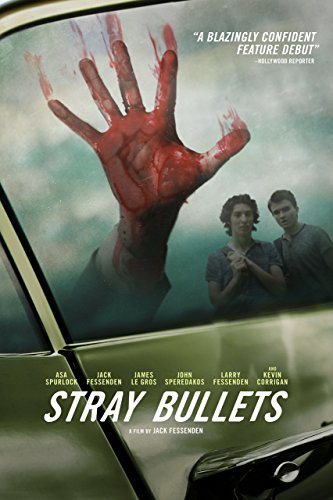

Add a comment